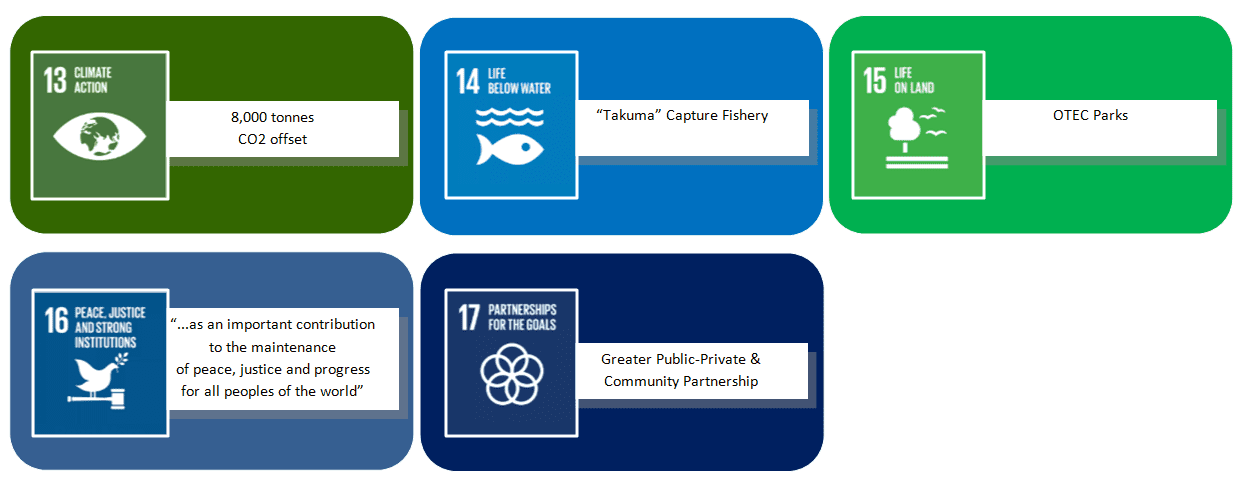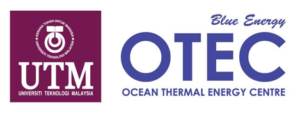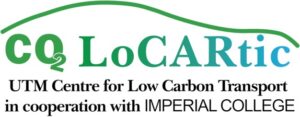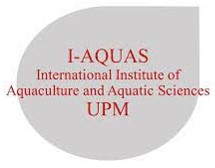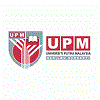NEWS
UPCOMING EVENT : THE 4TH SATREPS-OTEC FORUM [5 MARCH 2024]
Dear All, UTM Ocean Thermal Energy Centre would like to invite all to join our upcoming event as below: THE 4TH SATREPS - OTEC FORUM [ONLINE...
SATREPS OTEC Project Update: The Arrival of Heat Exchanger Bio-Fouling Test Unit from Japan to I-AQUAS, UPM
https://news.utm.my/2022/04/satreps-otec-project-update-the-arrival-of-heat-exchanger-bio-fouling-test-unit-from-japan-to-i-aquas-upm/ I-AQUAS, UPM
PhD Candidate for SATREPS-OTEC Project: Mr. Ahmad Aiman Azmi
PhD Candidate for SATREPS-OTEC Project: Mr. Ahmad Aiman Azmi | UTM Ocean Thermal Energy Centre (UTM OTEC)
ABOUT
What is SATREPS?
- SATREPS stands for:
Science and Technology Research Partnership for Sustainable Development
- SATREPS is an international joint research between Japanese government (JST and JICA) and research institutions in developing countries (for this project, the country is Malaysia) to acquire new knowledge and technology that lead to the resolution of global issues and creating innovations.
What is OTEC?
- OTEC stands for:
Ocean Thermal Energy Conversion
- The legal definition of OTEC according to US Public Law 96-320 – Aug. 3, 1980, “OTEC is a method of converting part of the heat from the Sun which is stored in the layers of body of water into electrical energy or product equivalent“
What is the relation between SATREPS and OTEC?
Science and Technology Research Partnership for Sustainable Development (SATREPS) focus on issues that cannot be resolved by a single country or region. This research covers four research fields which are as follows:

Each of the research field is focusing on achieving different Sustainable Development Goals (SDGs). SDGs are the collection of goals for the international community to work together in order to achieve a better and more sustainable future for all by 2030. Currently, there are 17 goals of SDGs. The diagram shows how each research field contributing to SDGs:-

*SATREPS projects in the field of the Infectious Diseases Control have been transferred to AMED – the Japan Agency for Medical Research and Development. (The transfer took place on April 1, 2015.)
OTEC is categorized under Environment and Energy research field as it is a clean energy. NCSEA defines clean energy as energy derived from renewable, zero-emissions sources (“renewables”), as well as energy saved through energy efficiency (“EE”) measures (Retrieved from: energync.org). OTEC plants provide sustainable, renewable energy using nothing more than the heat found in ocean waters of the tropics. There are no fossil fuels or emissions, and because of the design of the plants, it’s also possible to create potable water during the process. (Retrieved from: otecorporation.com)
The diagram shows how OTEC contributes to achieve 17 Sustainable Development Goals (SDGs):-
* Click the image to Learn More
Why Malaysia?
- Malaysia is close to the equator with high temperature difference of surface seawater throughout the year. The water intake of deep sea water is also possible and this is suitable for OTEC installation.
- UTM is the only university in the world other than Saga University, which owns OTEC research centre, including MoU signed on the joint research and development of OTEC with Saga University and Xenesys Inc. The outcome of this study proved a high potential of OTEC in our region.
- In Malaysia, electricity and water are in a great demand. Thus, the combination of seawater desalination and Hybrid OTEC technology will meet the domestic need.
What are the benefits of this project?
- To generates electric power through desalination.
- The electricity produced by OTEC has a fixed cost.
- It can produce up to 2 million litres per day of drinkable water.
- It is not susceptible to the volatility of costs that affects other energy sources (coal, natural gas and petroleum).
- Has less environmental impact.
- Promotes larger and various commercial experiments to be carried out in the future.
Notes: To view the website of any of the following sponsors and partners, please click its icon.

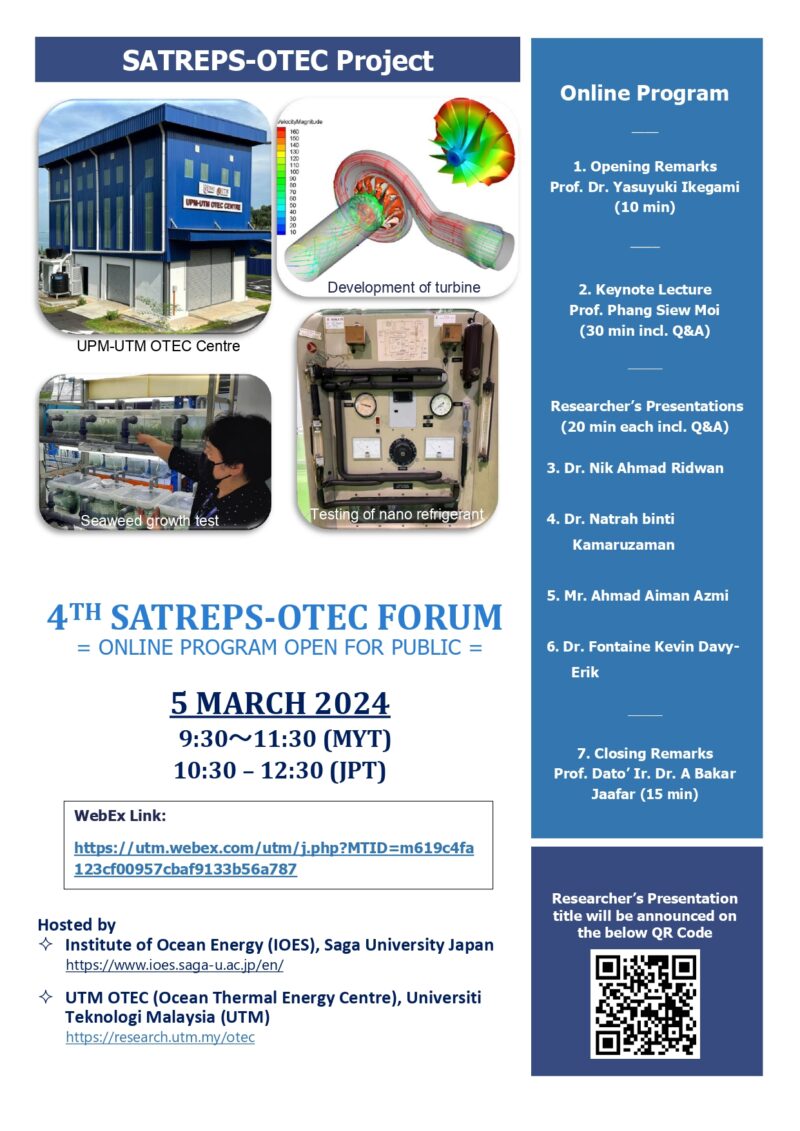



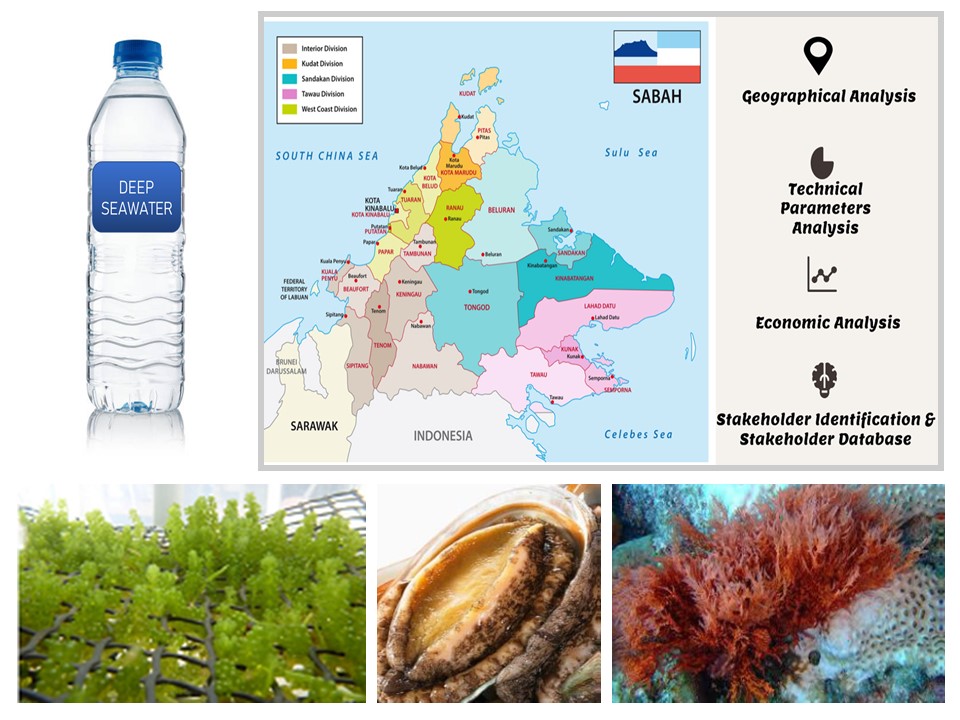
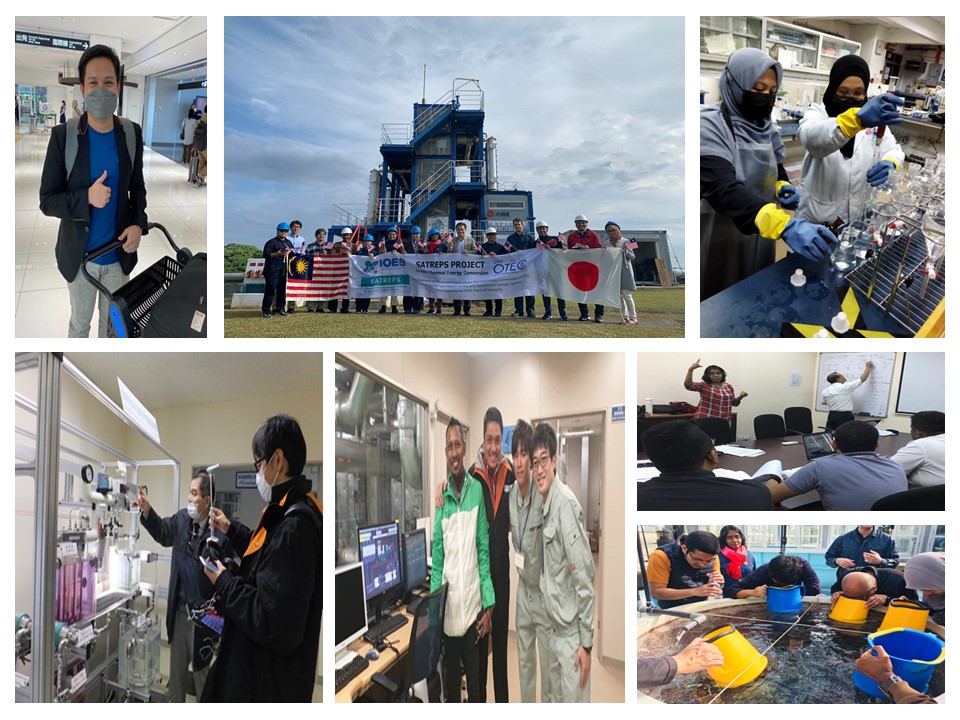
![UPCOMING EVENT : THE 4TH SATREPS-OTEC FORUM [5 MARCH 2024]](https://dvcai.utm.my/satreps/wp-content/uploads/sites/6/2024/02/Flyer-4th-SATREPS-Forum-05-March-2024-rev6_page-0001-400x250.jpg)




